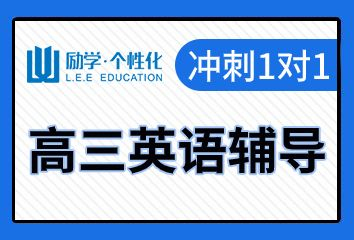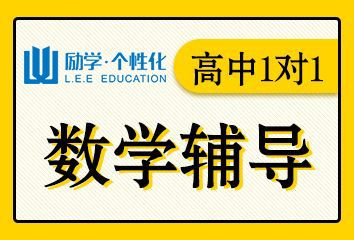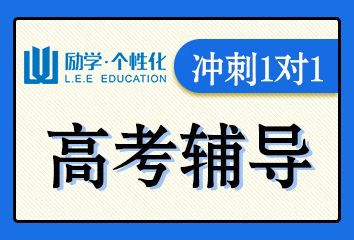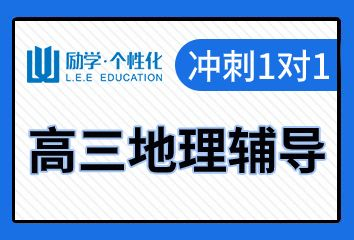高考听力技巧解答及听力预测
高考听力技巧解答及听力预测,教书育人楷模,更好地指导自己的学习,让自己不断成长。让我们一起到学习啦一起学习吧!下面给你们带来了《高考听力技巧解答及听力预测》供考生们参考。
高考听力技巧解答及听力预测技巧汇编
每日一言:Keep on going never give up.勇往直前, 决不放弃!
1.对话预测
在听Part AShort Conversation时,考生可以按照下例wh-问题进行预测:
(1)Who are the two speakers?
(2)What is the possible relationship between them?
(3)When did they have the conversation?
(4)Where did the conversation take place?
(5)Why do they have the conversation?
(6)What did they plan to do?
2.语篇预测
在Part BLonger Conversation的听力过程中,考生按下列问题展开预测:
(1)What is the topic of the passage?
(2)Who is the speaker?
(3)What facts did the speaker offer?
(4)What facts did the speaker fail to offer?
3.依靠开篇句预测
听力的第一句话通常会透露整篇的主题,所以同学们要善于抓住听力材料的首句信息。
例如:Americans have a popular sayingTime is money。
从这一句开篇句我们可以预测的信息范围:
(1)这是一篇关于时间的话题。
(2)涉及的对象是美国人。
4.根据打印在试卷上的听力试题内容预测。
例如:
(A)Husband and wife.
(B)Waiter and customer.
(C)Student and teacher
(D)Receptionist and guest
根据听力试题,考生可以预测到该对话肯定是侧重于对话人的身份,所以在听力过程中抓住透露双方关系的关键词即可。

高考听力最实用答题技巧整理
每日一言:Success belongs to the persevering.坚持就是胜利。
高考英语听力测试部分在整套试题中占有重要地位。它要求考生从头到尾按顺序往下听,在有限的时间内做出选择,没有“回头看”的余地。学生长期进行听力训练并且掌握一些基本的听力应试技巧,对于在考场上正常发挥水平,取得理想的成绩尤为重要。
下面就结合近几年的高考英语听力试题介绍一些应试技巧和解题的基本方法。
一、学会预测
预测是在做听力理解之前根据各种暗示,如所给答案选项,段落或对话标题等已有知识,对即将听到的段落或对话内容进行预测。
1. 从答案选项中预测:
Q: What does Tom do?
A. He’s a truck driver. B. He’s a ship captain. C. He’s a pilot.
录音原文: W: Tom flew to Anchorage last night, then took some passengers from there to Dallas . M: Yeah, but he couldn't land because the airport in Dallas was snowed in. 从选项看,问题应是关于职业方面的,再从flew, passengers, airport这些信息词中可知道Tom的职业。
2. 从说话人口气预测:
在A,B两人的对话中,如果B是附和或赞成,往往说“Yes”,“I agree”,“Sure”,“I think so”等。但如A用否定句,B表同意时则用“No”,“Neither / Nor?”等。
例如: A: Harvey doesn't seem to fit into this class. B: No, he is really a fish out of water.
二、做简要笔记
听录音时快速,准确,简要地记下有关信息(包括数字,人名,地名,关键词),前提是不要影响跟听速度,采用自己习惯的符号。
例:How much will the man pay for the tickets?
A.$18 B. $24 C. $30
原文:W: Tickets for the movie are $ 6 for adults, half price for children. M: All right, I’d like three tickets for adults and two tickets for children, please. 笔记可简化为:$ 6 A(A代表adult),C代表children,3A+2C或6 A(3)+ half C(2)
三、听清数据,简要记录,加以运算。
在获取时间信息时,不要误把会话中提到的时间简单确定为问题的答案。高考听力考查时间时往往要进行简单的时间换算。
At what time does the train to Leeds leave?
A. 3:00 B. 3:15 C. 5:00
录音原文: W: Excuse me, could you tell me when the next train to Manchester is? M: Sure. Well, it's 3 now. The next train to Manchester leaves in 2 hours, but you can take the train to Leeds which leaves in 15 minutes, and then get off at Manchester on the way. 对话中提到了三个时间It's 3 now, in 2 hours,in 15 minutes.
现在是3点,开往Manchester的火车要两小时后才开,即The train to Manchester leaves in 2 hours。若简单机械地把3点和2点相加,会得出火车5点才开的错误选项C。
数字类问题分辨别类和计算类两种:
1. 要注意区分-teen和-ty及four和five的发音;辨别多位数,如电话号码,门牌等
2. 计算时间,钱款,距离,年龄,人或物的数量等;听出数字间的关系,更要听清问题,因为对运算方法的要求通常寓于问题中;注意more, less, as much(many)as, another, double, a couple of; to, past, quarter; 记住时间是60进制 如出现几个数字,应注意鉴别问的是那一个。
例:At what time does the office open?
A. At 8:15 B. At 8:30 C. At 7:45
从常识判断,办公时间往往以整点开始,而不会在几点几分。
听力原文:M: I wonder why the office is still not open. W: But it's not yet eight. In fact, it's only a quarter to eight.

四、抓住关键词,对症下药
听力考试常出现以Where提问的问句,考生要通过对话的具体情节和背景判断对话发生的地点。一般来说,特定场景的用语和关键词是基本固定的,考生要对此多了解,熟悉明白。在遇到Where does the conversation take place?/ Where does sb. work? What’s his job?之类的问题时,就会派上用场。
如: restaurant: menu, bill, order, tip, hamburger, beer, soup hotel: luggage, single room, double room, room number, check in(out) hospital: take medicine, temperature, pill, headache, fever, examine post office: mail, deliver, stamp, envelope, parcel airport: flight, take off, land, luggage railway station :round trip, single trip, sleeping car store: on sale, size, wear, color, style, price, change,bargain, fit school: professor, exam, course, term, dining hall, playground library: librarian, renew, date, shelf, magazine, seat 对于前五道简短对话,要根据问题的类型,从第二个讲话者的答语中来捕捉关键词
如:What’s the man going to do?
A. Run to the airport. B. Wait for another bus. C. Hurry to get the next bus.
根据选项看,对话似乎与bus有关,主要信息捕捉范围是在“Hurry”或“Run”和“Wait”之间。听音范围明显缩小。
原文M: Excuse me, can you tell me when the next bus leaves for the airport? W: It leaves in three minutes. If you run, you might catch it. 关键词“run”和“catch”正好对上答案C的“Hurry”和“get”。
五、较长对话和短文的理解
抓听首句和首段有助于整体理解文章;结尾部分所给出的信息不一定是题目的正确答案,可能只是一个陷阱;推理思路要正确;语境中抓要点。 独白部分(即第十段材料)可分为四种类型: *人物与故事型:叙述人物的经历和成就,要抓住故事发展线索,所问问题多属事实细节题 *普通知识型:内容涉及面较广,问题以事实细节题居多 *社会科学型:涉及到文化教育,社会治安,代沟问题,就业问题,妇女问题,人口问题,环境保护,国家发展等。问题常涉及独白的主题或题目,故需作推理判断。 *科普知识型:主要涉及自然科学,如生物,物理,海洋,计算机,医学,气象,科学发明等。如遇专业词汇和术语,可利用语境线索猜词义。
六、果断选题,学会放弃
相信第一感觉,当机立断,决不能反反复复,甚至影响后面的答题,切记不可因某个小题未听懂而患得患失,不可因一题失多题,造成一步跟不上,步步皆踏空的结果。 总之,只要掌握基本的听力技巧和方法、排除一切干扰,全身心地投入语境、持之以恒地坚持高考全真模拟听力训练,高考中定能取得理想的成绩。
推荐课程
-

开封励学高三物理一对一辅导班 教学点:1个 人气:1098
-

开封励学高三英语一对一补习班 教学点:1个 人气:849
-

开封励学高中数学一对一辅导班 教学点:1个 人气:705
-

开封励学高考冲刺1对1辅导班 教学点:1个 人气:684
-

开封励学高三地理一对一补课班 教学点:1个 人气:622
-

开封励学高三政治一对一辅导班 教学点:1个 人气:607
学习资料
关于我们 | 联系我们 | 咨询电话:4006-303-880
川ICP备07505283号
以上信息知识产权归“开封励学个性化培训学校”所有,并对内容的真实性和合法性负责,如有侵权或投诉,请联系我们处理。